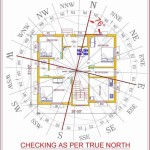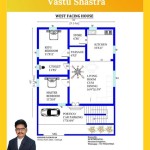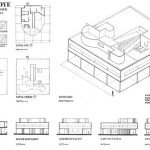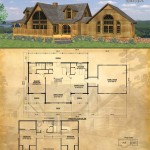Envelope House Plans: Unveiling the Blueprint for Building Efficiency
Envelope house plans are not just architectural blueprints; they are the foundation upon which energy-efficient, comfortable, and sustainable homes are built. Understanding the crucial aspects of these plans is paramount for anyone embarking on the construction of a new home. Here's a detailed guide to help you navigate the essentials:
1. The Envelope Concept:
The building envelope refers to the physical barrier separating a building's interior from the outside environment. It comprises the roof, walls, windows, and doors, playing a vital role in regulating temperature, moisture, and air quality.
2. Airtightness and Insulation:
Airtightness refers to preventing air leakage through the envelope, minimizing heat loss and energy consumption. Insulation, on the other hand, limits heat transfer through the roof, walls, and floors, maintaining a comfortable indoor temperature.
3. Thermal Bridging:
Thermal bridging occurs when materials with high thermal conductivity, like metal, create paths for heat transfer through the envelope. Minimizing thermal bridging is crucial to maintain envelope performance.
4. Passive Solar Design:
Passive solar design utilizes natural sunlight to heat a home. Envelope plans should consider window placement, overhangs, and thermal mass to maximize solar gain and reduce heating costs.
5. Moisture Management:
Moisture can damage the building envelope if not properly managed. Vapor barriers, ventilation systems, and effective drainage are essential to control moisture levels and prevent mold and structural damage.
6. Energy Modeling:
Energy modeling software simulates building performance and identifies areas for improvement. Architects use these tools to optimize envelope design and estimate energy consumption, leading to more energy-efficient homes.
7. Building Codes and Certifications:
Envelope house plans must comply with building codes and certifications to ensure structural integrity, energy efficiency, and occupant safety. Certifications like LEED and Energy Star provide recognition for homes that meet specific performance standards.
8. Architect and Contractor Collaboration:
A successful envelope design requires close collaboration between architects and contractors. Architects provide the vision, while contractors ensure that plans are executed with precision, minimizing thermal bridging and ensuring airtightness.
Conclusion:
Envelope house plans are not just blueprints; they are blueprints for energy-efficient, comfortable, and sustainable living. By understanding the essential aspects discussed, homeowners and builders can create homes that minimize energy consumption, reduce operating costs, and enhance overall well-being.

Introduction To Enertia Homes

The Building Envelope Explained Pv Heating Cooling Plumbing

Your Home S Thermal Envelope Most Important Element For An Energy Efficient

Envelope House Google Search Building A Heating Geothermal Heat Pumps

Passivhaus 10 Design Strategies Novo Studios

Building Envelope Tips Seaming Tapes For

What Is Passive Design When Designing A House Windows And More

Building Envelope Tips Seaming Tapes For

Passive Homes Sierra Sustainable Builders

Residence Creatively Redesigned Into The Brown Envelope Alok Kothari Architects Diary House Layout Plans N Bungalow Floor








